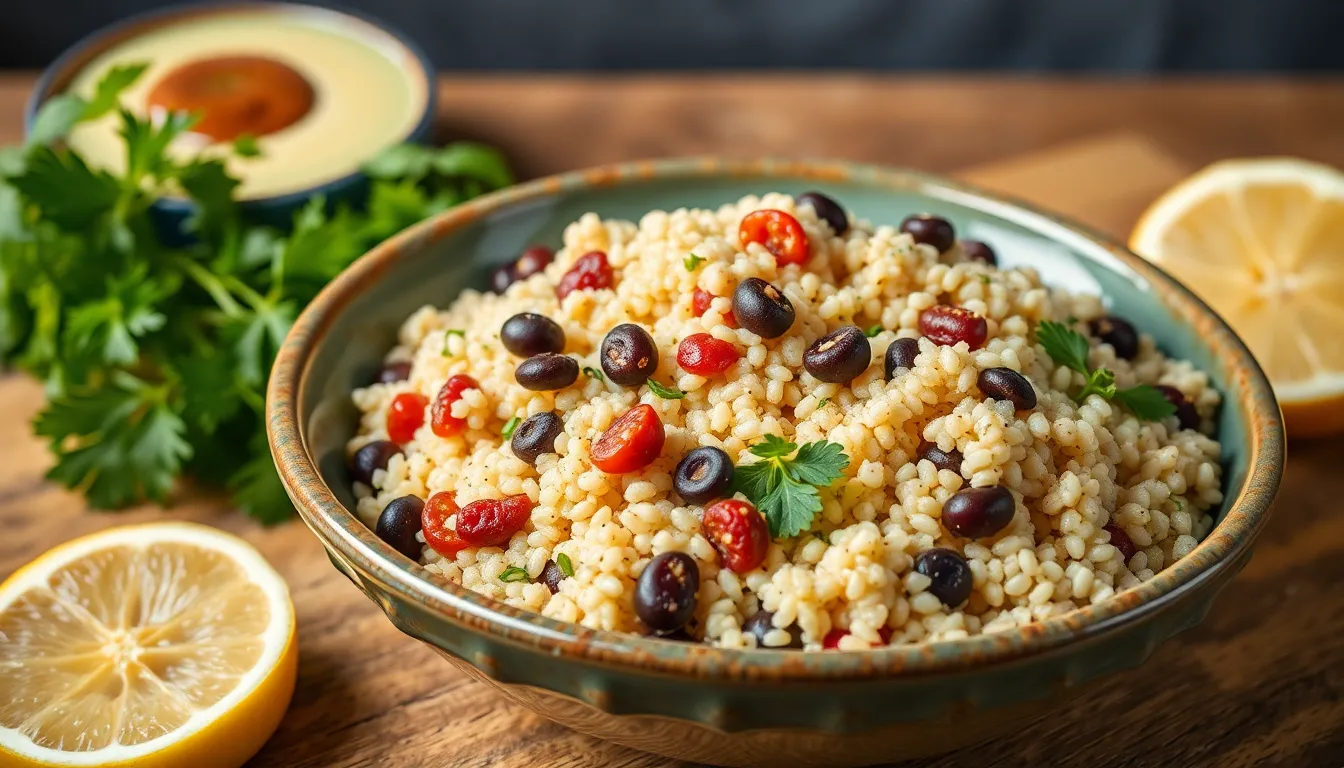The Best Legumes for Your Nutritional Needs
Introduction
Legumes are an essential component of a balanced diet. These nutrient-dense foods not only provide a rich source of protein but also offer a variety of vitamins and minerals, making them an ideal choice for people of all ages. From beans and lentils to peas and chickpeas, legumes come in numerous varieties, each bringing its unique flavor and health benefits.
This article aims to highlight the best legumes based on specific nutritional needs, ensuring you can incorporate these powerhouses of nutrition into your meals effectively.
Section 1: Understanding Legumes
Legumes are a class of vegetables that include beans, lentils, peas, and chickpeas. They belong to the Fabaceae family and are characterized by their edible seeds or pods. Upon harvesting, legumes can be consumed fresh or dried, providing flexibility in meal preparation.
The main types of legumes include:
- Beans (e.g., black beans, kidney beans)
- Lentils (e.g., green, red, brown)
- Peas (e.g., green peas, split peas)
- Chickpeas (e.g., garbanzo beans)
In general, legumes have an impressive nutritional profile, making them a staple in many diets around the world. They are high in protein and fiber while being low in fat, making them perfect for various eating plans.
Section 2: Nutritional Benefits of Legumes
Legumes are often hailed for their numerous health benefits, which include:
- High in Protein: Legumes are an excellent plant-based protein source, which is especially beneficial for vegetarians and vegans.
- Rich Source of Dietary Fiber: The high fiber content aids in digestion, helps maintain bowel health, and can assist in weight management.
- Low in Fat: Most legumes are low in fat, making them a healthy addition to any diet.
- Vitamins and Minerals: They are packed with essential nutrients such as iron, magnesium, potassium, and folate.
- Heart Health: Regular consumption of legumes has been linked to improved heart health by lowering cholesterol levels.
- Weight Management: The fiber and protein content in legumes can help you feel fuller for longer.
- Digestive Health: The fiber also supports a healthy gut microbiome.
Section 3: The Best Legumes for Specific Nutritional Needs
3.1. For High Protein Needs
If you have higher protein requirements—perhaps due to physical activity or muscle-building—certain legumes stand out:
- Black Beans
- Lentils
- Chickpeas
These legumes not only provide protein but also come packed with other nutrients. Here’s a closer look at their nutritional highlights:
Nutritional Comparison of High-Protein Legumes
| Legume | Protein (g per 100g) | Calories | Fiber (g) |
|---|---|---|---|
| Black Beans | 21 | 339 | 8.7 |
| Lentils | 26 | 116 | 7.9 |
| Chickpeas | 19 | 164 | 7.6 |
Suggested recipes to incorporate these legumes:
- Black Bean Tacos: Season black beans with cumin and chili powder, serve in tortillas with fresh avocado and cilantro.
- Lentil Soup: A hearty blend of lentils, vegetables, and spices simmered together for a warm, comforting dish.
- Chickpea Salad: Toss chickpeas with chopped vegetables, feta cheese, and a light vinaigrette for a refreshing salad.
3.2. For Weight Management
For those looking to manage their weight, certain legumes can be particularly effective:
- Green Peas
- Navy Beans
- Kidney Beans
These legumes are low in calories but high in fiber, making them ideal for maintaining a healthy weight. Here’s a breakdown of their caloric content and fiber:
Caloric Content and Fiber of Legumes for Weight Management
| Legume | Calories (per 100g) | Fiber (g) | Weight Loss Benefits |
|---|---|---|---|
| Green Peas | 81 | 5.7 | Low in calories, high in fiber |
| Navy Beans | 140 | 10.5 | Rich in fiber to aid digestion |
| Kidney Beans | 127 | 6.4 | Helps maintain fullness |
Suggested recipes for these weight-friendly legumes:
- Green Pea Soup: Blend cooked peas with vegetable broth, mint, and garlic for a refreshing soup.
- Navy Bean Chili: A hearty dish of navy beans cooked with tomatoes, spices, and bell peppers.
- Kidney Bean Salad: Combine kidney beans with corn, chopped vegetables, and a zesty dressing for a nutritious salad.
Conclusion
Incorporating legumes into your diet is an effective way to boost your nutritional intake. With their high protein content, abundant fiber, and low fat, legumes offer a myriad of health benefits. Whether you are looking to increase your protein intake, manage your weight, or simply enhance your overall health, there is a legume for every need.
Experiment with different types of legumes in your meals and discover tasty recipes that suit your nutritional requirements. The versatility of legumes allows them to fit seamlessly into various cuisines and dishes, making them a must-have in any kitchen.
So go ahead, stock up on these nutritious powerhouses, and let your culinary creativity flow!




